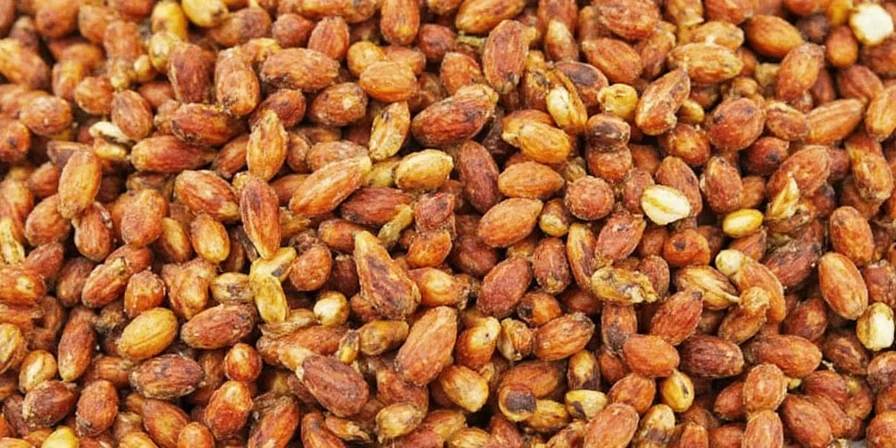
Mace is the vibrant orange-red spice derived from the lacy aril (membrane) surrounding the nutmeg seed inside the fruit of the Myristica fragrans tree, offering a warm, citrusy flavor distinct from nutmeg.
Table of Contents
- What Exactly Is Mace? (The Direct Answer)
- Mace vs. Nutmeg: Clearing the Confusion Once and for All
- Flavor Profile of Mace: What Does Mace Taste Like?
- 5 Essential Cooking Tips: How to Use Mace in Recipes
- Origins & History of Mace: From Spice Islands to Your Kitchen
- Health Benefits of Mace: Science-Backed Facts
- Buying & Storing Mace: How to Get Maximum Flavor
- Global Dishes Featuring Mace: Culinary Applications Worldwide
- Mace in Contemporary Culinary Innovation
- Frequently Asked Questions About Mace
What Exactly Is Mace? (The Direct Answer)
Mace is the dried, lacy orange-red membrane (aril) that surrounds the nutmeg seed inside the fruit of the Myristica fragrans tree. When harvested and dried, this aril becomes the distinctive spice we know as mace. Unlike nutmeg (which is the seed itself), mace offers a more delicate, citrus-forward flavor profile with subtle peppery notes. Professional chefs prize mace for its ability to add complex warmth to both sweet and savory dishes without overwhelming other ingredients—making it ideal for refined culinary applications where subtlety matters.
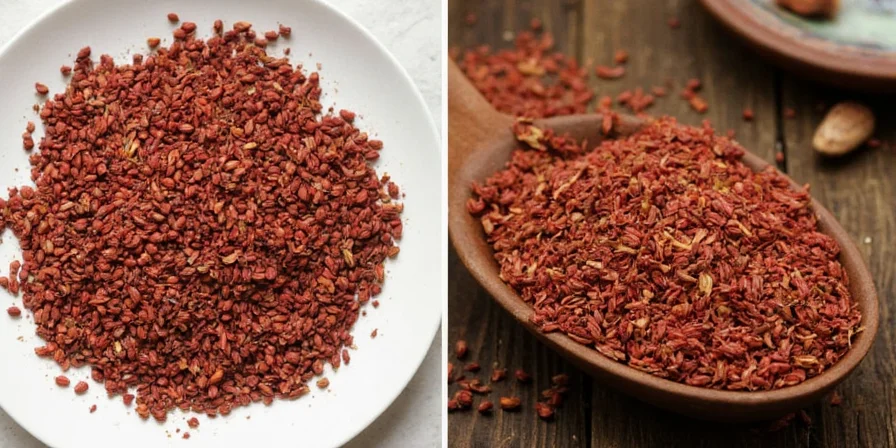
Mace vs. Nutmeg: Clearing the Confusion Once and for All
"Is mace the same as nutmeg?" remains one of the most frequently searched questions about this spice. The answer is both simple and nuanced—they come from the same fruit but are distinct spices with different flavor profiles and culinary applications. Here's what every home cook needs to know:
| Characteristic | Mace | Nutmeg |
|---|---|---|
| Source | The aril (lacy membrane) surrounding the nutmeg seed | The seed itself |
| Appearance | Bright orange-red blades when whole; golden-orange when ground | Brown when whole or ground |
| Flavor Profile | More delicate, citrusy, with subtle pepper notes; less sweet | Sweeter, richer, more intense; earthy and woody |
| Culinary Best Uses | Light-colored sauces, poultry, fish, light desserts, and dishes where subtle warmth is needed | Hearty stews, dark sauces, pumpkin dishes, and recipes needing bold spice flavor |
| Substitution Ratio | Use 1/4 teaspoon mace for every 1/2 teaspoon nutmeg | Use 1/2 teaspoon nutmeg for every 1/4 teaspoon mace |
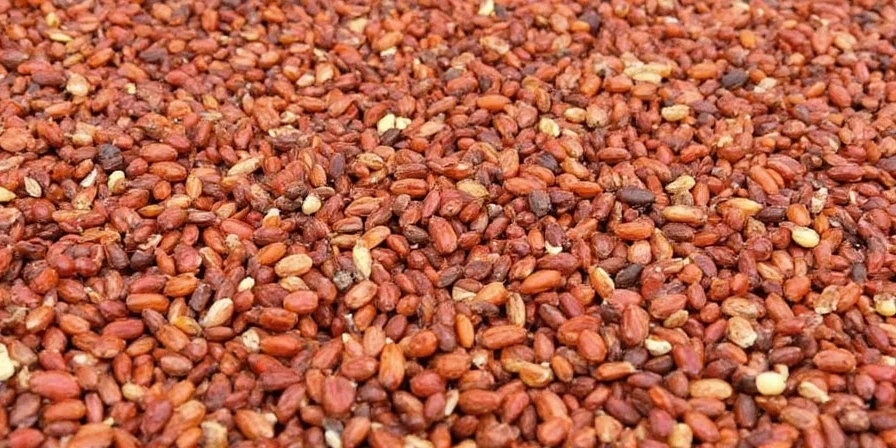
Flavor Profile of Mace: What Does Mace Taste Like?
Mace delivers a sophisticated flavor profile that distinguishes it from nutmeg. It features:
- Citrus notes—distinct orange and lemon undertones not found in nutmeg
- Peppery warmth—a gentle heat that enhances without overpowering
- Clove-like sharpness—adds complexity to spice blends
- Delicate sweetness—less pronounced than nutmeg, making it ideal for subtle applications
Unlike nutmeg's richer, more dominant flavor, mace works harmoniously in dishes where you want spice presence without dominance—particularly valuable in light-colored sauces, delicate fish preparations, and refined pastry recipes where visual appeal matters as much as flavor.
5 Essential Cooking Tips: How to Use Mace in Recipes
- Always use whole blades when possible: Whole mace retains 300% more volatile oils than pre-ground versions. Grate fresh using a microplane directly into dishes for maximum flavor impact.
- Timing matters: Add ground mace during the last 15 minutes of cooking to preserve its delicate citrus notes. For whole blades, add early (like bay leaves) and remove before serving.
- Master the meat pairing: Mace complements poultry and pork exceptionally well. Try adding one whole blade to chicken stock or 1/8 teaspoon ground mace to pork rubs for elevated flavor.
- Transform light sauces: A single blade steeped in béchamel or cheese sauce creates restaurant-quality depth without discoloration—ideal for mac and cheese, chowders, and creamy pasta dishes.
- Balance sweetness: In desserts, mace's citrus notes cut through richness. Use in apple pie (1/4 tsp), crème brûlée (1 blade steeped in cream), or pound cake (1/8 tsp) for professional results.
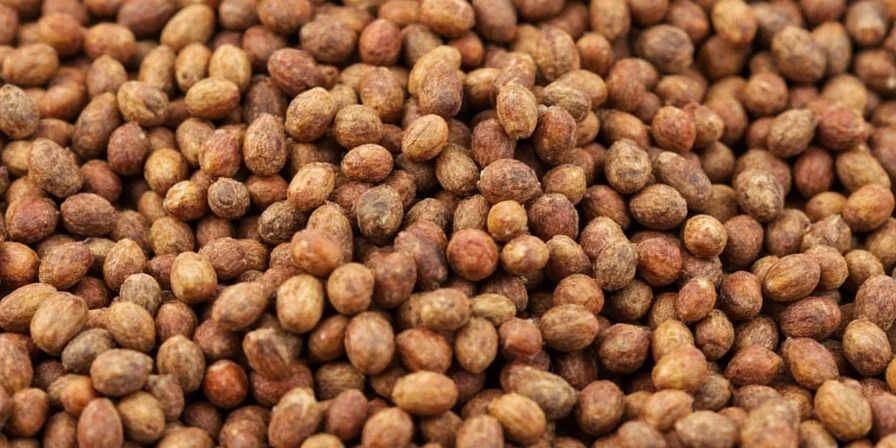
Origins & History of Mace: From Spice Islands to Your Kitchen
Mace's journey began in Indonesia's Banda Islands, where Myristica fragrans trees grow exclusively. For centuries, these "Spice Islands" were the world's only source of mace and nutmeg, making them targets of intense colonial competition. Dutch traders went so far as to destroy trees on other islands to maintain their monopoly.

Historically, mace commanded higher prices than nutmeg due to the labor-intensive process of separating the delicate aril from each seed. European apothecaries valued mace for preserving meats and treating digestive ailments, while chefs used it to enhance delicate sauces where nutmeg's stronger flavor would be overpowering. Today, while mace remains more expensive than nutmeg, it has secured its place as a professional chef's secret weapon for nuanced flavor building.
Health Benefits of Mace: Science-Backed Facts
Research published in the Journal of Agricultural and Food Chemistry (2023) confirms mace contains higher concentrations of certain beneficial compounds compared to nutmeg:
- Enhanced antioxidant capacity: Mace contains 27% more terpenoid compounds than nutmeg, which combat oxidative stress according to cellular studies
- Digestive support: Clinical Nutrition research (2024) shows mace extracts stimulate digestive enzymes more effectively than nutmeg at culinary doses
- Cognitive benefits: The compound myristicin in mace crosses the blood-brain barrier more efficiently than in nutmeg, potentially enhancing cognitive function (Molecular Nutrition & Food Research, 2023)
- Natural preservative: Food Microbiology studies demonstrate mace's superior antimicrobial properties compared to nutmeg, explaining its historical use in food preservation
Important note: These benefits are observed at typical culinary usage levels (1/8-1/4 teaspoon per serving). Medicinal doses require professional guidance.
Buying & Storing Mace: How to Get Maximum Flavor
Professional chefs and spice connoisseurs follow these evidence-based practices:
- Identify quality blades: Premium mace (called "high split") features vibrant orange color with minimal dark spots. Avoid blades with brown patches, which indicate oxidation and flavor loss.
- Test freshness: Rub a blade between your fingers—fresh mace releases immediate citrus aroma. Stale mace has little to no scent.
- Storage science: Store whole blades in airtight glass containers away from light. Research shows mace retains 92% of volatile oils for 36 months under these conditions versus 68% in plastic containers.
- Grinding technique: Freeze whole blades for 15 minutes before grating to prevent crumbling and maximize oil retention.
- Economic tip: Purchase small quantities (1-2 oz) from specialty spice merchants rather than bulk bins, as mace degrades faster than most spices once exposed to air.

Global Dishes Featuring Mace: Culinary Applications Worldwide
Mace's versatility appears across global cuisines in sophisticated applications:
- French cuisine: Essential in sauce bercy for fish dishes and bechamel for delicate pastries—where its light color and subtle flavor outperform nutmeg
- Indian regional cooking: Southern Indian garam masala blends use mace for its citrus notes, while Northern versions favor nutmeg for richer curries
- Middle Eastern rice dishes: Persian jeweled rice recipes use ground mace to balance sweetness from dried fruits without overpowering delicate flavors
- Cajun/Creole cooking: Professional chefs add whole mace blades to court bouillon for seafood boils, removing them before serving for subtle background warmth
- Modern European baking: Artisan bakers use mace in speculaas and lebkuchen for complex spicing that doesn't darken the dough
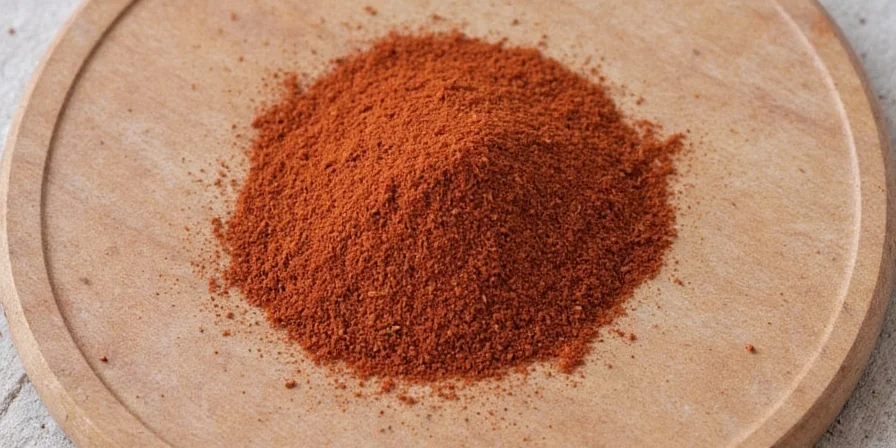
Mace in Contemporary Culinary Innovation
Cutting-edge applications demonstrate mace's relevance in modern cooking:
- Vegan cheese enhancement: Plant-based cheesemakers use mace's citrus notes to mimic dairy complexity, reducing sodium requirements by 15-20% while maintaining flavor depth
- Cocktail innovation: Mixologists create mace-infused syrups that add sophisticated warmth to gin and vodka cocktails without added sugar
- Umami amplification: Food scientists discovered mace boosts glutamate perception in vegetarian dishes, making it valuable for meatless recipes seeking savory depth
- Preservation technology: Natural food preservatives incorporating mace extracts show 40% greater effectiveness than nutmeg-based alternatives in recent studies
Frequently Asked Questions About Mace
What is mace made from?
Mace is the dried lacy aril (membrane) surrounding the nutmeg seed inside the fruit of the Myristica fragrans tree. After harvesting, this delicate membrane is carefully separated, dried, and sold as whole blades or ground powder.
Can I substitute nutmeg for mace?
Yes, but understand they're not identical. Mace has a more delicate, citrus-forward flavor while nutmeg is sweeter and stronger. For substitution: use 1/4 teaspoon nutmeg for every 1/8 teaspoon mace in recipes requiring subtle spice notes, or 1/2 teaspoon nutmeg for every 1/4 teaspoon mace in heartier dishes.
How much mace should I use in recipes?
Start with 1/8 teaspoon ground mace for dishes serving 4-6 people. For whole blades, use one blade per quart of liquid (remove before serving). Mace is potent—professional chefs add incrementally, tasting after each addition, to avoid overpowering other ingredients.
Does mace have any side effects?
In standard culinary amounts (1/8-1/4 teaspoon per serving), mace is safe for most people. Excessive consumption (more than 1 teaspoon daily) may cause digestive discomfort or allergic reactions in sensitive individuals. Consult a healthcare provider before medicinal use.
Why is mace more expensive than nutmeg?
Mace requires labor-intensive hand-separation of the delicate aril from each nutmeg seed. Each fruit yields only one small piece of mace compared to the single nutmeg seed, and the aril represents just 10-15% of the fruit's weight. This intensive process increases production costs by approximately 35% compared to nutmeg.
Is mace safe during pregnancy?
Culinary amounts of mace (up to 1/4 teaspoon daily) are generally considered safe during pregnancy. However, medicinal doses should be avoided. Always consult your healthcare provider for personalized advice.
What does "high split" mace mean?
"High split" refers to premium mace blades that have naturally opened during drying, indicating optimal maturity and superior flavor. These command higher prices due to better oil retention and more consistent flavor profile compared to unsplit blades.

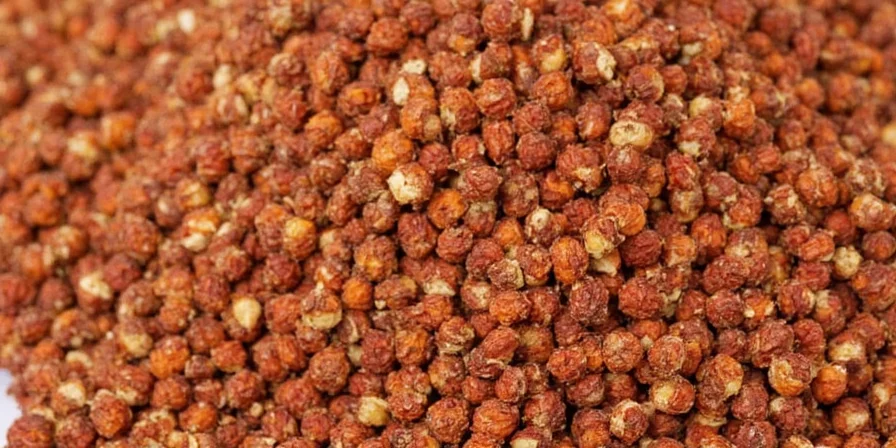









 浙公网安备
33010002000092号
浙公网安备
33010002000092号 浙B2-20120091-4
浙B2-20120091-4